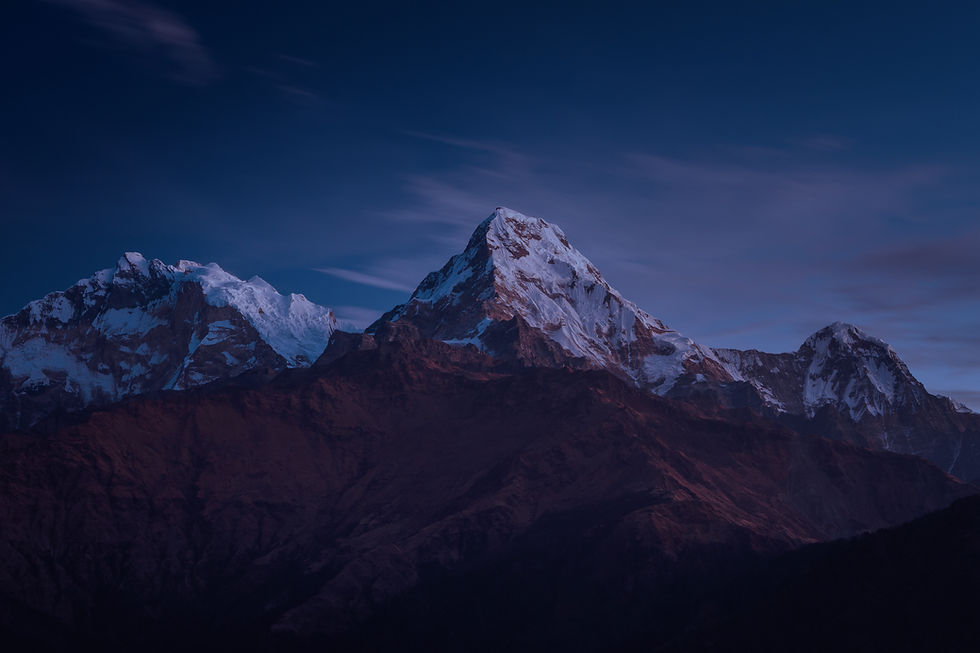IN FOCUS
Bhutan’s Royal Manas National Park: Crown Jewel of the Eastern Himalayas


With thoughtful itineraries honed since 1999, we unveil the depths of Bhutan's happiness philosophy, the daily physical adventures through the beautiful Himalayan landscape complemented by the intimate and in-depth cultural experiences sensitively curated for you every day.
Through the eyes of a select few informed leaders we saw the dilemmas of a culture: A hitherto sheltered nation discovering the arguments for and against remaining a cloistered society in this 21st Century. I loved the adventure, and I loved the discovery. Unlike anything else I have ever experienced!
Lola W., California

TUCKED INTO THE lush foothills where the Himalayas meet the steamy plains of South Asia, Royal Manas National Park is Bhutan’s oldest and most celebrated protected area—a living tapestry of wild rivers, emerald forests, and rare wildlife. For the adventurous, this national park promises breathtaking landscapes, plus an immersion into one of the world’s richest ecological and cultural corridors.

A Landscape of Dramatic Contrasts
Spanning more than a thousand square kilometers, Royal Manas National Park stretches from the lowland floodplains of the Manas River to the lush, mist-shrouded ridges of the Himalayan foothills. This dramatic altitudinal range creates a mosaic of habitats: tropical monsoon forests, subtropical woodlands, broadleaf forests, and grassy riverbeds, all teeming with life. The mighty Manas River, Bhutan’s largest, carves through the heart of the park, its tributaries feeding dense jungles and supporting a vibrant web of biodiversity.
A Sanctuary for the Rare and the Remarkable
Royal Manas is a sanctuary for some of the most elusive and endangered animals on Earth. Here, you may even catch a glimpse of the Royal Bengal Tiger stalking through the undergrowth, or marvel at the gentle majesty of wild Asian elephants and the rare one-horned rhinoceros—the only park in Bhutan where these giants roam. The golden langur, pygmy hog, clouded leopard, and wild water buffalo add to the park’s legendary status among wildlife enthusiasts.
For birdwatchers, it’s a veritable treasure trove. Over four hundred species have been recorded here, including the great Indian hornbill, rufous-necked hornbill, white-bellied heron, and the dazzling emerald cuckoo. The Manas River, from which the park takes its name, is itself home to the rare Ganges river dolphin and three species of prized mahseer fish, making it a habitat for rich aquatic life.

A Living Heritage: Culture, Community and Ecotourism
Royal Manas is not just about wilderness—it's also a living cultural landscape. Several thousand people call the small, remote villages within the park their home, their lives intimately tied to the rhythms of the forest and the river. Visitors can experience the traditions of the indigenous Khengpa people, from their bamboo-walled homes to the local hospitality customs and pastimes, and savor meals prepared from forest-foraged ingredients.
The park’s ecotourism activities include guided wildlife safaris, river rafting, elephant-back rides, and birdwatching strolls to spot rare and endangered birds. Well-marked trails wind through forests and grasslands, with occasional wildlife sightings and panoramic views. Cultural experiences include a day with local villagers, learning traditional crafts, or enjoying a cup of local millet brew at an eco-camp surrounded by the sounds of the jungle and the river.

A Conservation Corridor Like No Other
What sets Royal Manas apart is its role in a vast, transboundary conservation corridor. The park connects seamlessly with Bhutan’s other protected areas to the north and India’s Manas Tiger Reserve to the south, creating a safe passage for wildlife across borders and altitudes. This innovative approach ensures the survival of countless species and preserves the ecological integrity of the Eastern Himalayas for future generations.
Early Protection Efforts
Royal Manas National Park was first given formal protection in 1964, when it was set aside as a forest reserve and then recognized as the Manas Wildlife Sanctuary.
In 1993, the government recognized the region’s crucial ecological value and upgraded its status, officially establishing it as Royal Manas National Park. This change also involved merging the Namgyel Wangchuck Reserve with the original sanctuary, expanding the park’s boundaries and conservation responsibilities.
Royal Manas National Park soon became a centerpiece for conservation planning in Bhutan. In the early 1990s, it was among the first projects to receive support from the Bhutan Trust Fund, which helped build infrastructure and conduct important biological and socio-economic surveys. The park was the first in Bhutan to have a formal management plan, which was carried out from 1995 to 2000.
Role in National and Regional Conservation
Today, Royal Manas National Park is a key part of the Bhutan Biological Conservation Complex, a large network of protected areas and wildlife corridors that weave together more than half of Bhutan’s total land area.
The Royal Manas National Park serves as an excellent model for environmental conservation, protecting a wealth of plant and animal life while promoting the cultures and livelihoods of the indigenous people who live there, demonstrating the country’s commitment to preserving the stunning diversity of our global heritage.










Swipe left above for more
See our upcoming journeys
_________
Travel Logistics Organizer for CBS 60 Minutes 2024 special report on Bhutan
“First, thank you for making my trip to Bhutan run smoothly. Second, for explaining your culture and customs to me and our team in a way that helped our 60 MINS story come alive. Third, for making the visit seriously fun!”
~ Lesley Stahl, Correspondent, CBS 60 Minutes, September 2024













